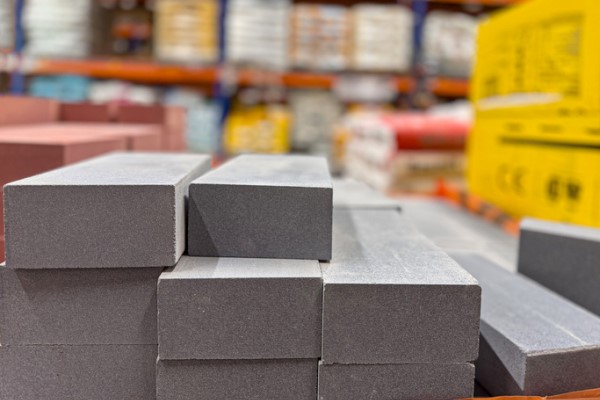Engineered stone ban will not be enough to protect Australian workers from silicosis
Australia’s world-first ban of engineered stone has been widely applauded, with other countries – particularly the UK – on a fast track to replicate it as a guard against the scourge of silicosis.
But can Australian workers rest easy?
ADVERTISEMENT
Engineered stone was the cause of an unprecedented spike in cases of silicosis from the inhalation of respirable crystalline silica (RCS).
Its banning was well overdue, but there is a very real risk that workers and employers could be lulled into a false sense of security.
A recent US study should raise alarm bells in Australia about whether more needs to be done to protect workers and others from RCS, even where mandated safety measures have been put in place by employers.
The study, published in the Annals of Work Exposures and Health, examined the levels of background RCS on a construction site in Colorado.
Personal worker and area background silica samples were taken over 13 days and involved workers working on dried concrete/mortar.
The site followed Occupational Safety and Health Administration (OSHA) guidelines designed to protect workers from RCS exposure above the permissible exposure limit of 50 μg m−3. The same exposure limit applies across Australian workplaces.
The OSHA guidelines include dust control measures such as dust suppression with water, HEPA filtration vacuum collection systems and drill shrouds.
The results suggest that dust controls were inadequate for a number of construction activities, including a walk-behind saw (126 μg m−3), dowel drilling (99.9 μg m−3), and grinding (172 μg m−3).
The study’s authors concluded that “managers and employees may assume that they will not be over-exposed to silica while employing the mandated dust controls”.
The authors continued that the results of their study suggested that even with the implementation of dust controls and work practices, employees may still be at risk of silica exposure above the OSHA Permissible Exposure Limits.
“The results indicate that exposure to hazardous levels of RCS can still occur with the OSHA-mandated controls fully implemented and that exposure to RCS may have been exacerbated from background silica concentrations,” the authors concluded.
As in Australia, real-time air monitoring is not required of employers complying with OSHA dust controls.
However, the results of the US study suggest that real-time air monitoring may still be warranted to identify employees who are at an increased risk of silica exposure.
The study should be a wakeup call for Australia.
Work safety agencies in Australia were alerted to the dangers of manufactured stone not because of improved monitoring but by the dramatic increase in cases of silicosis.
Studies such as one conducted in 2023 by Monash University School of Public Health and Preventive Medicine, found one quarter of people who had worked with engineered stone benchtops developed silicosis.
According to the study co-author, Emeritus Professor Malcolm Sim, “poor dust control measures have been widely reported in the industry”.
Why should we conclude that those dust control measures have improved, especially now that engineered stone is banned.
There is now the very real risk of complacency, with engineered stone out of the picture. Yet, natural stone, concrete, tiles and bricks still pose a significant risk.
A 2012 survey of the Australian working population found that 6.6 per cent of the Australian workforce were exposed to RCS and 3.7 per cent were exposed to high levels when carrying out tasks at work, with exposure particularly common among miners and quarry workers (91.7 per cent exposed) and construction workers (80 per cent exposed).
A recent Curtin University study suggests approximately 584,050 Australian workers are currently occupationally exposed to RCS.
The vast majority of these will be below the dramatic levels of RCS exposure suffered by engineered stone workers. However, the Colorado study suggests that many of these exposures will be above the legislated limit and they will therefore put those workers at risk of contracting silicosis.
It may take longer, and develop more slowly, but the outcome is the same. What is worse, many of these workers may assume they are fully protected by the control measures put in place, when in fact they are not.
The Colorado construction site study is telling us that what is required is ongoing real-time monitoring to ensure workers are protected from background RCS.
Current monitoring methods use decades’ old technology that is slow, cumbersome and unnecessarily costly.
It requires laboratory analysis of dust samples, delivering results weeks later and long after the worker has inhaled the RCS.
Engineered stone brought the danger of RCS into sharp relief because it was impossible to miss the scourge it caused. Now is the time to shine a light on the hidden dangers of background RCS with real-time monitoring.
-
ADVERTISEMENT
-
ADVERTISEMENT


